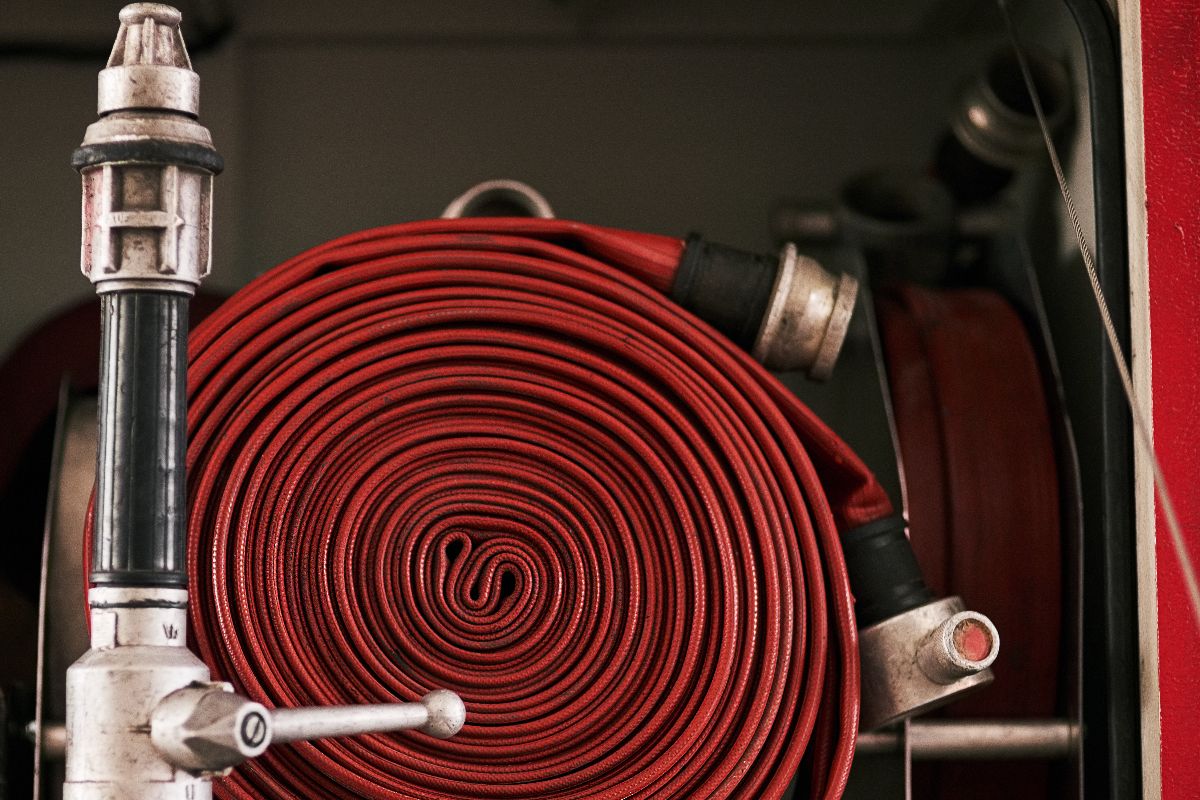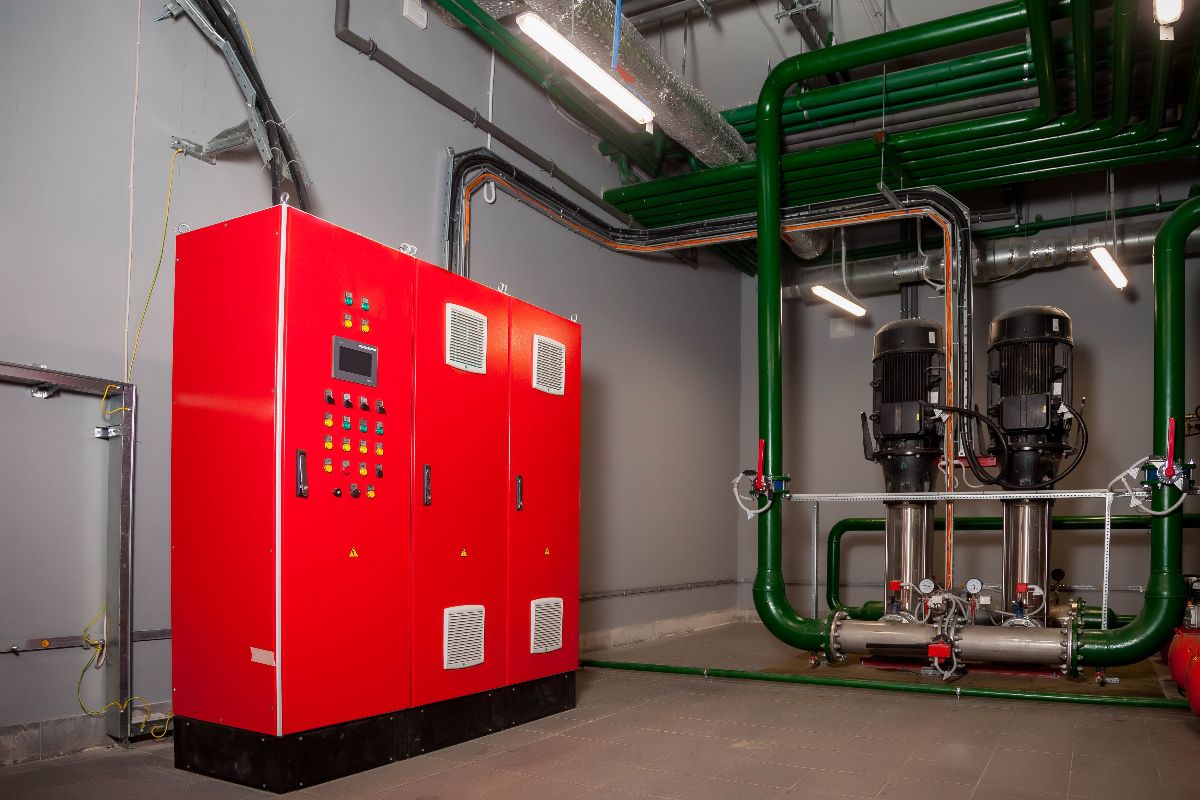Debunking Common Misconceptions About Fire Detection Alarm Systems
 May 24, 2023
May 24, 2023
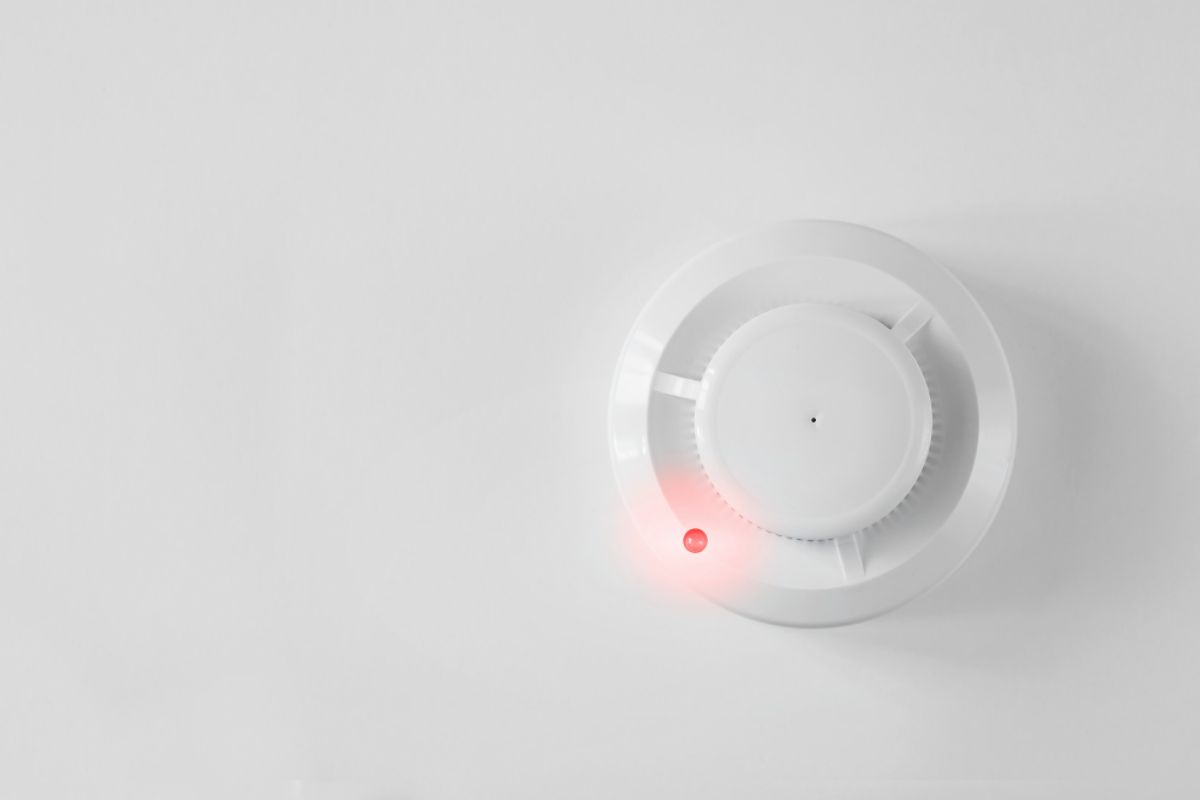
What are some of the common misconceptions about fire detection alarm systems?
- Fire alarm bells are enough to ensure safety in a building
- Heat detectors are the same as smoke detectors
- Fire alarm pull stations are only for emergencies
- Fire alarm control panels are complex and difficult to operate
- Carbon monoxide detectors are unnecessary in industrial spaces
Ensuring the safety of industrial or commercial spaces is of paramount importance, and one crucial component in achieving this is the implementation of fire detection alarm systems. Designed to remain vigilant for potential fire hazards, these systems play a vital role in alerting occupants to evacuate and take appropriate fire-fighting measures.
However, despite their significance, certain misconceptions surrounding fire detection alarm systems persist. In this blog, we aim to debunk these misconceptions, shedding light on the true capabilities and benefits of these indispensable safety devices.
Fire Alarm Bells are Enough to Ensure Safety

One common misperception about fire detection alarm systems is that fire alarm bells alone are enough to ensure safety. However, modern fire detection alarm systems go well beyond just alarm bells. They incorporate various devices, such as smoke, heat, and carbon monoxide detectors that work together to provide enhanced safety by detecting hazards like smoldering fires, electrical faults, and carbon monoxide gas emissions.
With this system in place, your facility can expect e timely alerts, swifter responses, and comprehensive protection for personnel, assets, and operations. Many industries can proactively safeguard against fires and enjoy the confidence that comes with a well-rounded fire safety solution.
Heat Detectors are the Same as Smoke Detectors
Dispelling misconceptions about heat detectors and smoke detectors is essential, as there is a common misconception that these devices are interchangeable and serve the same purpose. In reality, heat detectors and smoke detectors have distinct functions within the realm of fire detection, each providing unique aspects of protection.
Heat detectors are engineered to detect notable temperature variations within an environment, making them particularly helpful in areas with regular smoke or fume presence, such as kitchens or boiler rooms. By sensing notable temperature variations, these devices provide an early warning system alerting residents that potential fire may exist in an instant. This feature makes heat detectors particularly suitable for locations where traditional smoke alarms could trigger false alarms due to frequent smoke/steam presence.
On the other hand, smoke detectors are specifically designed to detect the presence of smoke particles in the air. They prove to be highly effective at detecting fires in their early stages, often before visible flames emerge. By quickly identifying smoke, these devices provide early warning signals and enable quick responses and mitigation efforts.
Fire Alarm Pull Stations are Only for Emergencies
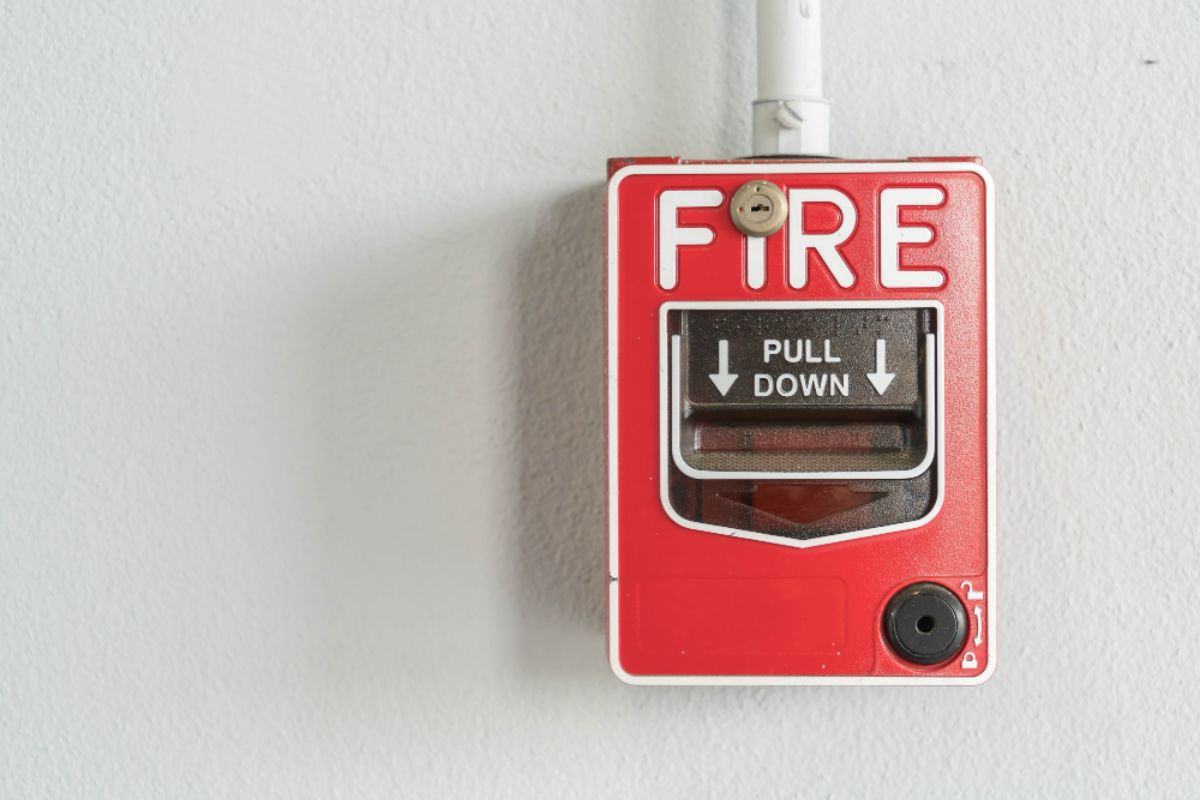
Another misconception is that fire alarm pull stations should only be used in emergencies. In reality, fire alarm pull stations are intended to be accessible and readily available in case of an emergency, but they can also be used to initiate manual testing of the system or to investigate potential fire hazards.
Regular testing of the fire alarm systems is essential to ensure their proper functioning, and fire alarm pull stations play a crucial role in facilitating these tests.
Fire Alarm Control Panels are Complex and Difficult to Operate
Misconceptions surrounding fire alarm control panels often stem from the perception that they are overly complex and challenging to use. However, modern control panels have been specifically designed with user-friendliness in mind, featuring intuitive interfaces that simplify system management.
These panels offer centralized monitoring of fire detection alarm systems, allowing authorized personnel to swiftly identify the location of fires while promptly addressing false alarms. Additionally, they enable quick and efficient initiation of emergency responses, enhancing overall safety and response capabilities in industrial settings.
By streamlining system management through user-friendly interfaces, fire alarm control panels empower users to navigate and utilize the system with ease. This ensures efficient and effective monitoring, reducing response times and minimizing the impact of fire incidents.
Carbon Monoxide Detectors are Unnecessary in Industrial Spaces
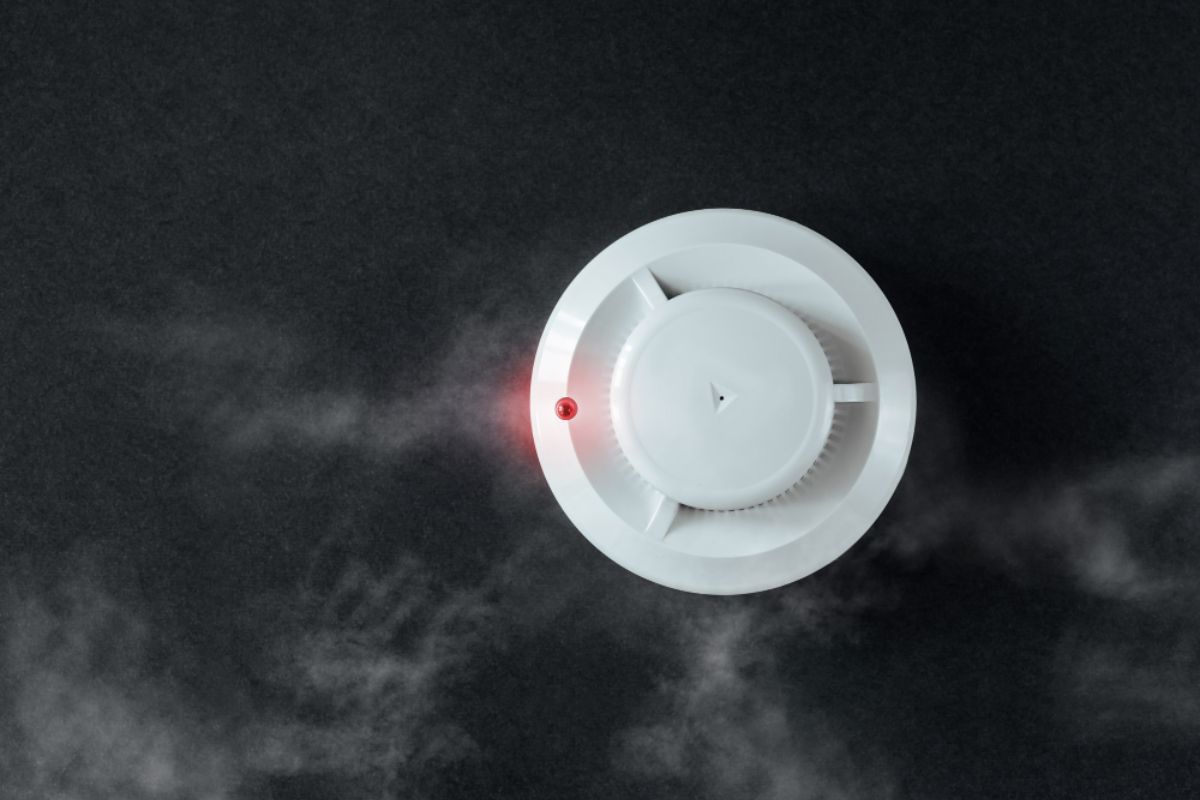
It’s important to emphasize the significance of carbon monoxide (CO) detectors in industrial settings. CO is a dangerous gas that is both colorless and odorless, making it imperceptible without the help of detection devices. It is produced through incomplete combustion processes, such as those involving fuels, engines, or industrial equipment.
Industrial spaces utilizing fuel-burning appliances or parking garages that utilize these fuel sources are particularly susceptible to CO poisoning. Its presence poses a grave danger to the occupants of these facilities. Without proper detection systems in place, carbon monoxide may pose an imminent risk to their health and well-being.
CO detectors are specifically designed to detect carbon monoxide levels in the air and issue alerts when dangerous levels are found. By including these detectors in your fire detection alarm system, you are providing additional layers of protection for personnel as well as decreasing risks related to carbon monoxide-related incidents in industrial spaces.
Key Takeaway
by dispelling prevalent misconceptions about fire detection alarm systems, we have underscored the importance of comprehending the diverse array of devices available. Equipping yourself with knowledge and understanding about these systems forms the cornerstone of establishing a safer working environment.
By staying informed and educated about fire detection alarm systems, you empower yourself to make informed decisions regarding their implementation and maintenance. This knowledge enables you to create a robust fire safety strategy tailored to the specific needs of your workplace, minimizing risks and promoting the well-being of employees and the protection of assets.
Industrial PH has expertise in designing and installing fire detection and alarm systems and ensures that your industrial space is equipped with top-of-the-line safety measures. Safeguard your operations with our comprehensive solutions of fire detection alarm systems. Contact us today to secure your fire alarm in the Philippines and protect your industrial facility like never before!
